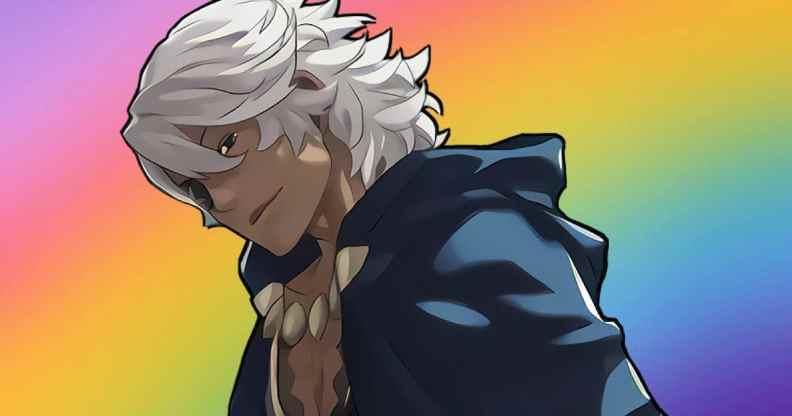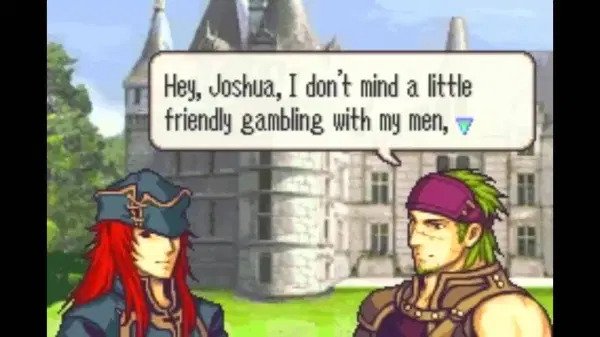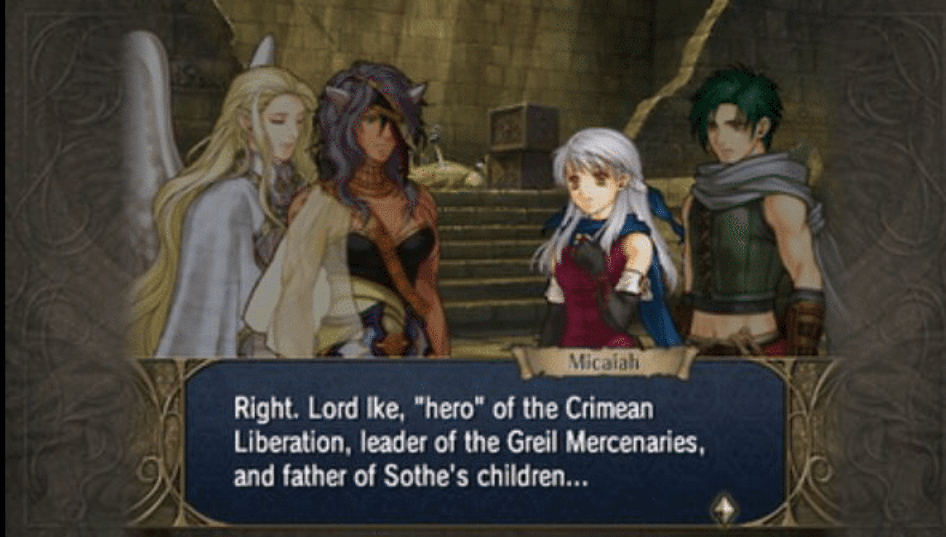How the pioneering video game series Fire Emblem led the way for LGBT+ representation in RPGs

(YouTube: Mamodxx)
First produced and developed in Japan in 1990, the cult favourite Fire Emblem quickly became the fantasy tactical role-playing game of choice for many players.
It hung onto its initial appeal, and has gone on to captivate audiences for the last 31 years with its fascinating worlds, intricate plots and – most importantly – gay AF characters.
Its title, which refers to a recurring motif across the series that symbolises the power of war and dragons, has seen the release of 17 titles since its debut.
From Fire Emblem: Thracia 776 (1999) to Fire Emblem Echoes: Shadows of Valentia (2017), its gay romance options — or (sometimes) lack thereof have been talked about amongst gamers for quite some time.
Fire Emblem also changed the game with its – er – gameplay, which revolves around the tactical movement of characters across grid-based environments. With many of today’s RPG games focusing more on their main character engaging in solo violent conquests and only ever interacting with other characters to complete several missions, Fire Emblem does the complete opposite of that.
Since its inception, the Fire Emblem franchise has featured several LGBT+ pairings, as well as queer coded characters in older games, too. From Fire Emblem: Radiant Dawn to Fire Emblem Fates, the game’s inclusion of queerness has seen several LGBT+ references, from non-Byleth pairings to ally support.
In Fire Emblem: Thracia 776 (1999), its two most memorable characters Marty and Dagdar had many fans speculating whether they shared a fatherly or – or a more romantic – bond.
In a Reddit thread post made by artist Soeda Ippei, the comments suggested that Dagdar had a child named Tanya. Still, not much other information was given about the child’s mother – with many suggesting that Marty is gay coded and Dagdar is bisexual coded.
In Fire Emblem: The Blazing Blade (2003), one agender character was the source of much discussion amongst players. Bramimond, also known as Bramimond the Enigma, who was assigned male at birth, later lost his gender and personality after becoming a mastery of dark magic.
After that, Fire Emblem: Sacred Stones (2004) saw its first official gay pairing when an alternative ending saw characters Joshua and Gerik end up together as Gerik pledges to spend the rest of his life at Joshua’s side.

Image of Joshua and Gerik: https://i.ytimg.com/vi/L7jL9kEm6S8/maxresdefault.jpg
However, it was in Fire Emblem: Path of Radiance (2005) and Fire Emblem: Radiant Dawn (2007) that the franchise really found its feet when it comes the LGBT+ pairings. From Ike and Soren to Elincia and Lucia, the inclusion of queerness in these titles also helped to develop other characters and make them more well-rounded – giving fans a more immersive gameplay experience.
One of the most famous takes from Radiant Dawn is a joke that Micaiah makes about Sothe’s love and admiration of Ike: “Ike is the father of Sothe’s children”, a remark that excited LGBT+ fans.
Sothe is considered the enemy after he freed Crimea from Daein. In a literal translation, Micaiah’s remark means “General Ike, the hero who helped liberate Crimea and leader of the Greil Mercenaries”, which officially translates to “Right. Lord Ike, ‘hero’ of the Crimean Liberation, leader of the Greil Mercenaries, and father of Sothe’s children”.
This made fans curious about the respect that Sothe has for Ike, with many thinking the comment was a hint at Sothe’s sexuality.

Unfortunately, Fire Emblem Awakening (2012) lost its way a bit, and was responsible for the franchise’s most wrong-footed queer takes to date. Enemy character Excellus, who uses female pronouns, became the topic of discussion for all the wrong reasons. After antagonist Aversa described Excellus as a “eunuch”, players of the game were angry at what appeared to be a transphobic joke at the expense of a trans woman.
However, the most recent title Fire Emblem: Three Houses (2019), offers its players more queer romance than its past titles – with several player-sexual characters who will fall for the main character regardless of their gender.
That main character is Byleth – who can be either male or female. If you choose to play as a female Byleth, hoping to explore a romance with someone of the same sex, you get the choice between the following characters: Edelgard, Dorothea, Mercedes, Rhea and Sothis.
If you choose to play as a male Byleth, you have the option to have a same-sex romance with Lindhardt, Jeritza and Yuri.
Having said that, many players refer to Byleth as canonically gender-neutral; with no characters in the game referring to them as he/him or she/her.
With the gaming community becoming more diverse than ever before, it’s good to see that a franchise like Fire Emblem make such an effort to be inclusive and put LGBT+ characters at the forefront of its narrative. It’s not perfect, but it’s a start.
For more gaming news, follow Gaymeo on Facebook. You can also email us with any news or tips on [email protected]

